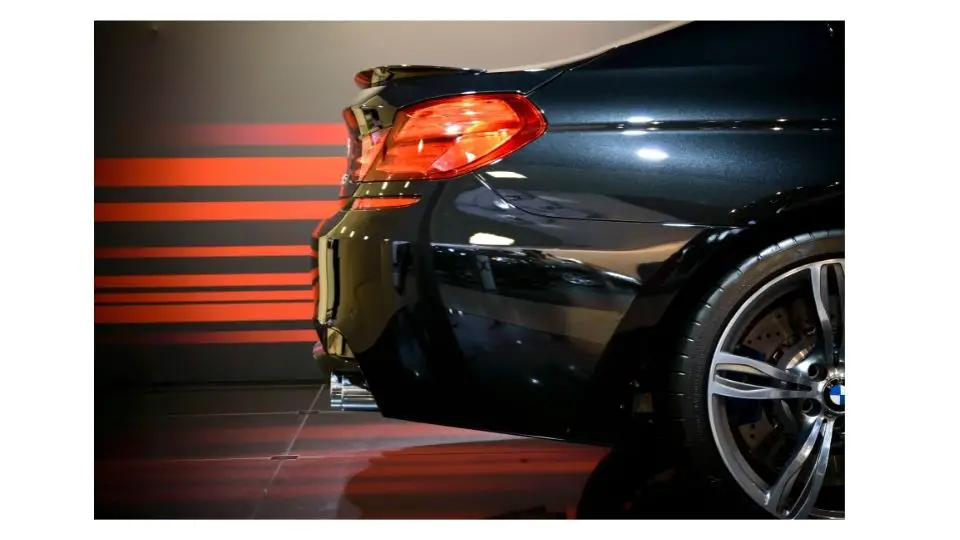The question of whether BMW has rear-wheel drive in its vehicles comes up in discussions and multiple car forums. You might be looking into this for your next trivia night or thinking of making a purchase. Maybe you just want to resolve a debate about the brand you have been driving, well this is where to find your answer.
In short, Most Bmws are rear wheel drive(RWD) and it has been favoured by BMW for a very long time, although now BMW has introduced All Wheel Drive (Xdrive) and and Front wheel drive (FWD) to the some newer models, Most Bmw Vehicles are still equipped with RWD Drivetrain.
BMW has rear-wheel drive, for the longest time, it used to have rear-wheel drive exclusively. As rumours would have it at least but let us have a look at it:
- The rear-wheel-drive BMW and why it favoured ·
- How do you know if your BMW is the rear-wheel-drive?
- The disadvantage of rear-wheel drive?
Having established that BMW offers rear-wheel drive, front-wheel drive and even all-wheel drive, why do they favour rear-wheel drives (RWD).
Why BMW favours RWD
When BMW announced they would be producing Front Wheel Drive (FWD) vehicles it sparked a lot of controversy, going so far as to lose the car-maker a lot of fans.
Its a point to ponder why a simple decision like this could elicit such a seeming disproportionate reaction. Apparently, in the gearhead community, there are two entrenched warring camps, the Front- wheel drive supporter vs the Rear-wheel drive.
So we want to have a cursory glance into the merits and lack thereof of each side and this should reveal why BMW has favoured RWD. In front-wheel-drive cars, the power is given to the front wheels of the vehicle. The cars are more affordable as they are easier to design and build.
It needs fewer parts and the drivetrain is easier to install. Front-wheel drive cars have less weight due to their getting rid of separate transmission and axle assemblies used in rear-wheel-drive cars. Front-wheel cars have better traction than the rear, this is because front wheels pull instead of push.
The weight of the engine and axle being on top of the wheels help with the grip of the car. This and the above-mentioned point also tends to feed into it having a good fuel efficiency. Rear-wheel drives provide power to the back wheels of the car.
Rear-wheel cars are robust, they can take a lot of abuse and do not need expensive repairs. A front-wheel-drive can suffer damage and incur costly repairs just from hitting a pothole.
Rear-wheel-drive cars have better handling due to their better overall balance when compared to front-wheel drive. Where most of the weight in a front-wheel drive is over the front wheels the rear wheel drive distributes that weight evenly between the front and the rear.
BMW has a market that is a mixture of primarily luxury and sport. So, the brand went for a drive that skews toward offering a smooth ride and a car that can take a hit. It services both their markets and seems the most sensible option. RWD does seem to agree most with what BMW advertises.
How do you know if your BMW is RWD?
As stated, before BMW has rear-wheel-drive cars primarily and only in 2014 did it announce a conversion to FWD. The 2-series active tourer, a minivan with an option for all-wheel drive.
As such, most BMWs you will find will be RWD excluding the X series that is all-wheel drive. Besides the obvious online check or manual check, there are checks that are more physical you can do on the vehicle that can tell you if it is an FWD or RWD.
If the engine is in the back, then it is an RWD but alternatively, if the engine is in the front it can be either. When you check between the front and back wheels of the car, whichever set has an axle shaft between the two wheels represents the drive wheels.
In this case, they are on both wheels, which could mean the car is Four-wheel drive or all-wheel drive. The differential, if seated between the rear wheels with a long code connected to the transmission, the car is an RWD. In the case of an FWD, the transmission is next to the differential located between the two front wheels.
The Disadvantage of BMW RWD
The main disadvantage of RWD is the difficulty in handling in certain weather conditions; that is to say in snowy and very wet weather. But if you have a good set of wheels this disadvantage is greatly minimised.
And if, for example, you reside in an area with sandy terrains, maybe the AWD option is more pragmatic. Overall, part of the popularity of the BMW comes from its being an RWD vehicle.
The elegance and excellent drive speak to this. The durability and cost efficiency for a car of its price, make and the look, are all contributions of the car being rear-wheel drive. BMW is synonymous with RWD.
Sources:
https://www.motor1.com/news/349234/bmw-comitted-to-rwd-cars/

